Creme Egg Cupcakes
Have fun this Easter with these Creme Egg Cupcakes! Creme Egg Cupcakes Made with Cadbury’s Creme Eggs, for a egg-stra…
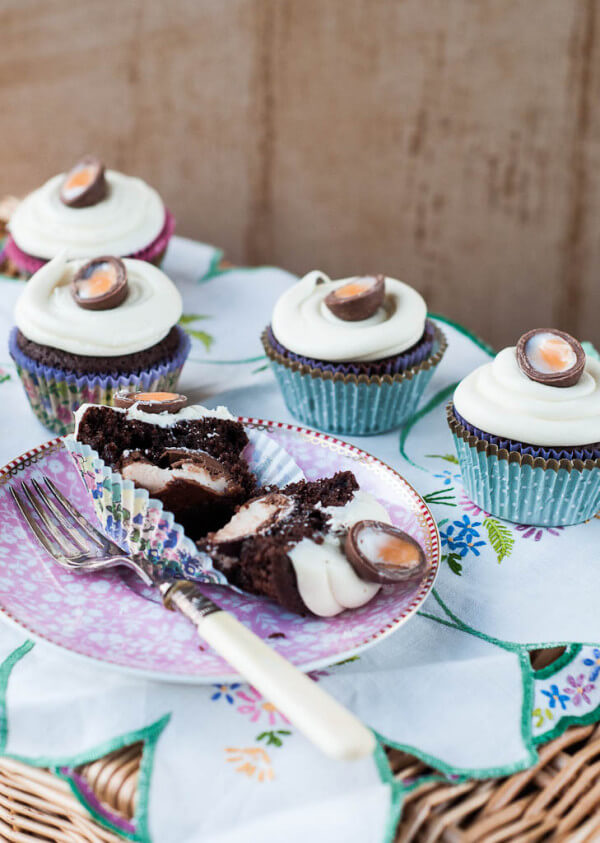
Have fun this Easter with these Creme Egg Cupcakes! Creme Egg Cupcakes Made with Cadbury’s Creme Eggs, for a egg-stra…
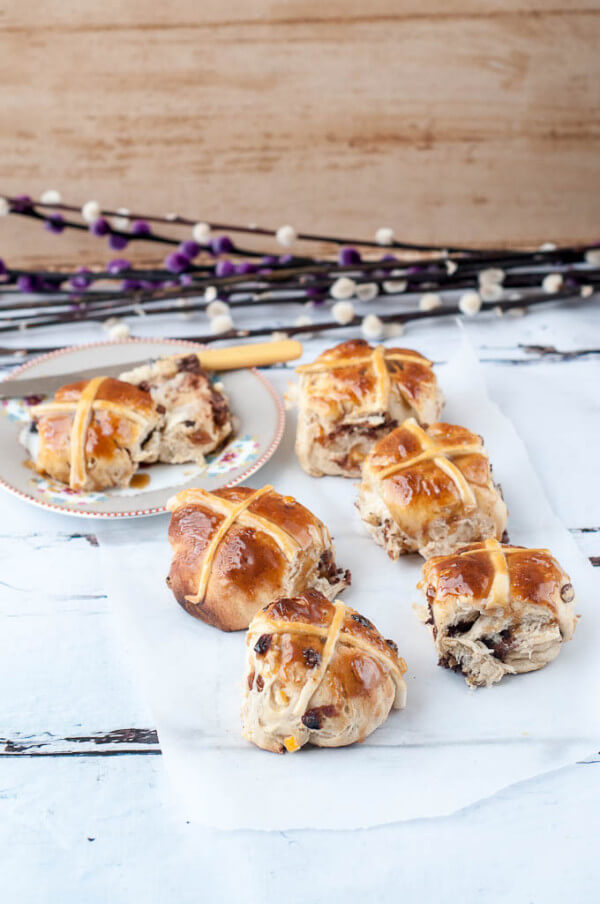
Hot Cross Buns, traditionally eaten on Good Friday are an Easter staple. They are fairly straight-forward to make and are…
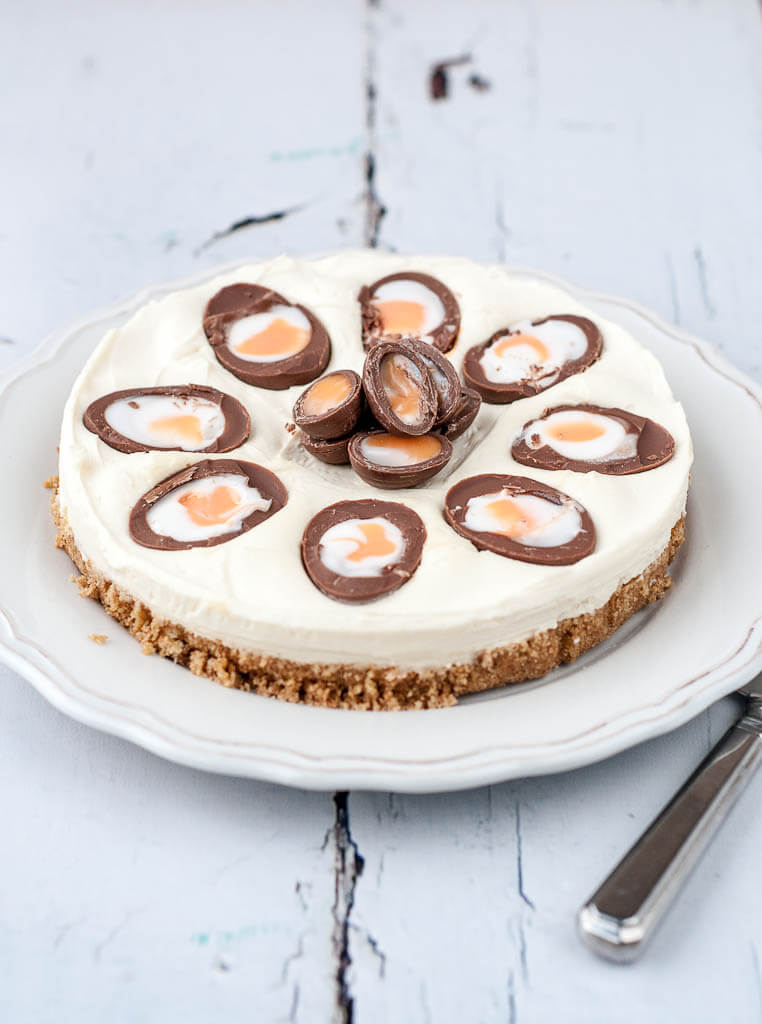
This is a simple no-bake, get-ahead dessert, perfect for your Easter table. No-Bake Crème Egg Cheesecake This is a simple…
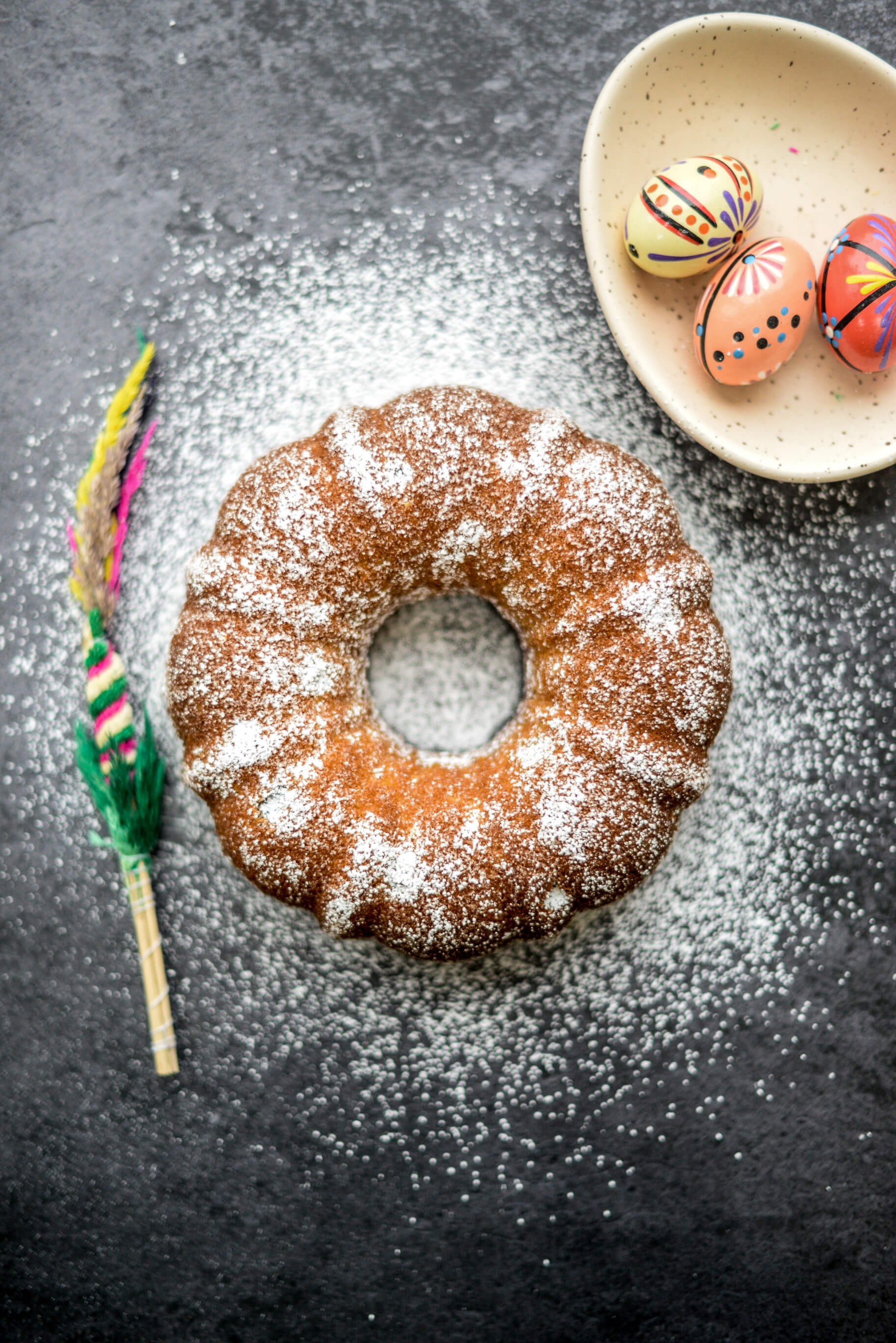
A traditional, yeasted, Polish Easter Babka cake – Babka Wielkanocna Jump straight to the recipe I have always found Easter…
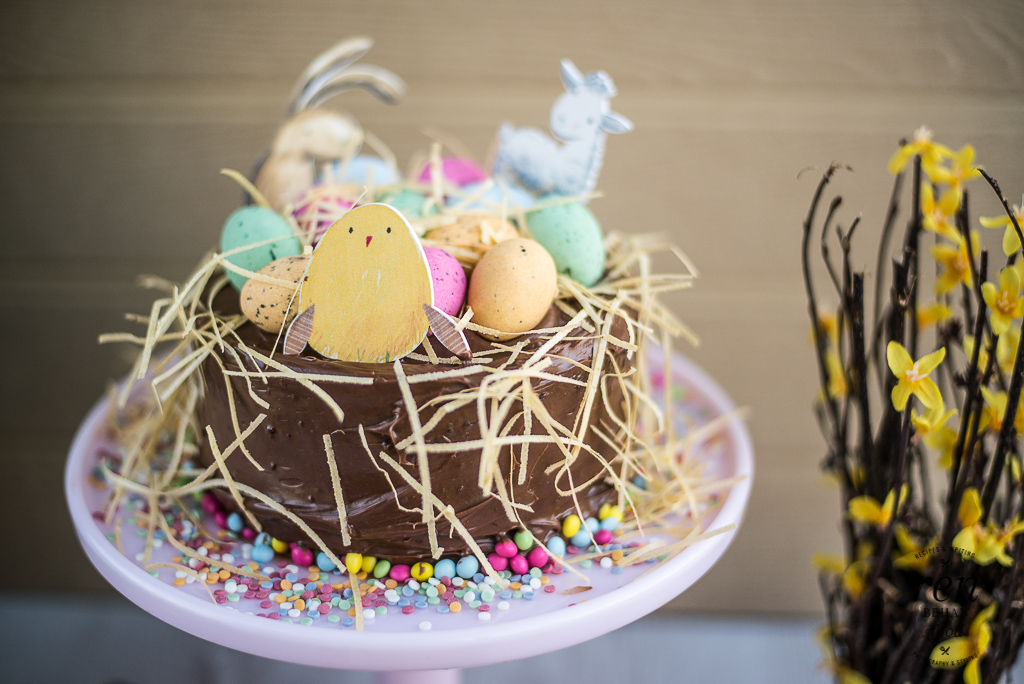
There’s no other time of year when you can indulge in quite as much chocolate as Easter! If you’ve managed…
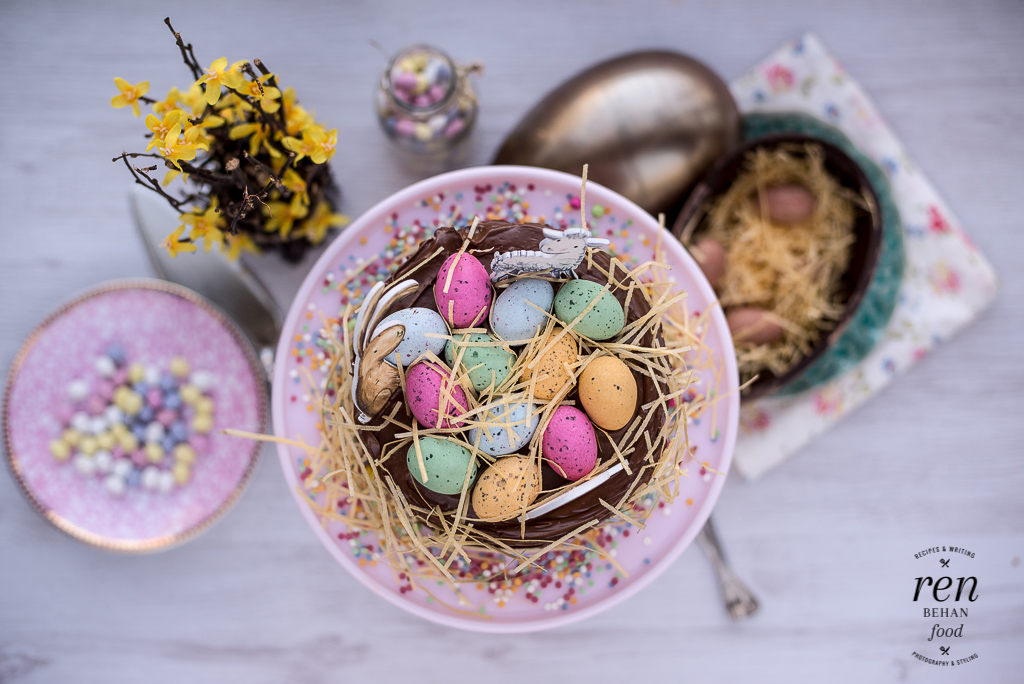
This post is in support of the Waitrose #GoodEgg campaign Click here for my Easter Chocolate Cake recipe Did I…
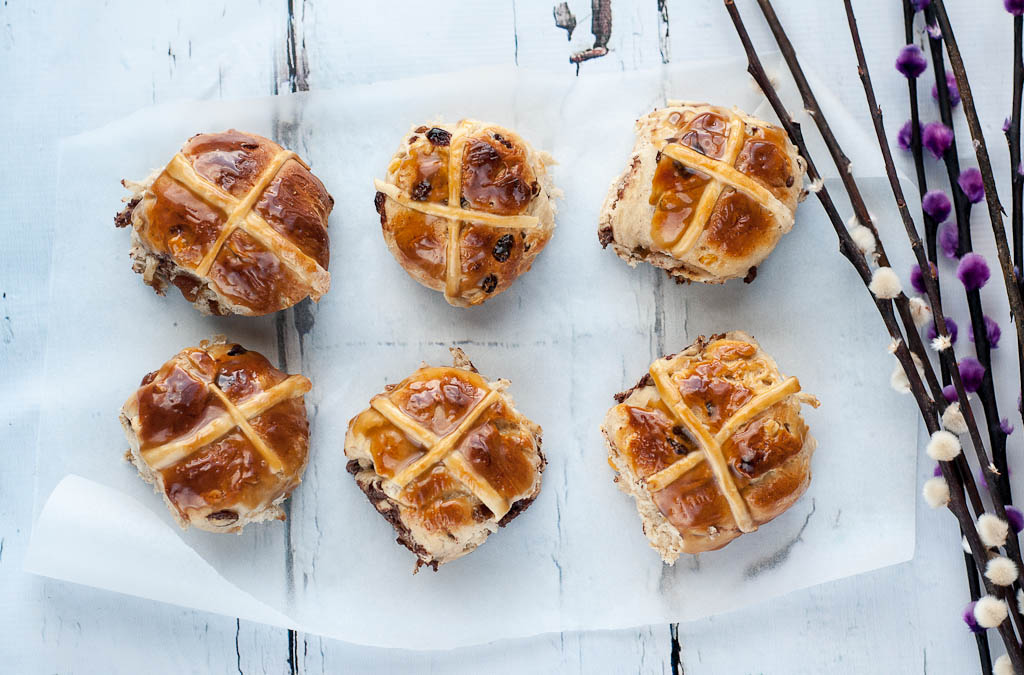
Just before I sign out for Easter and wish you all a very happy weekend, I have a few additional…
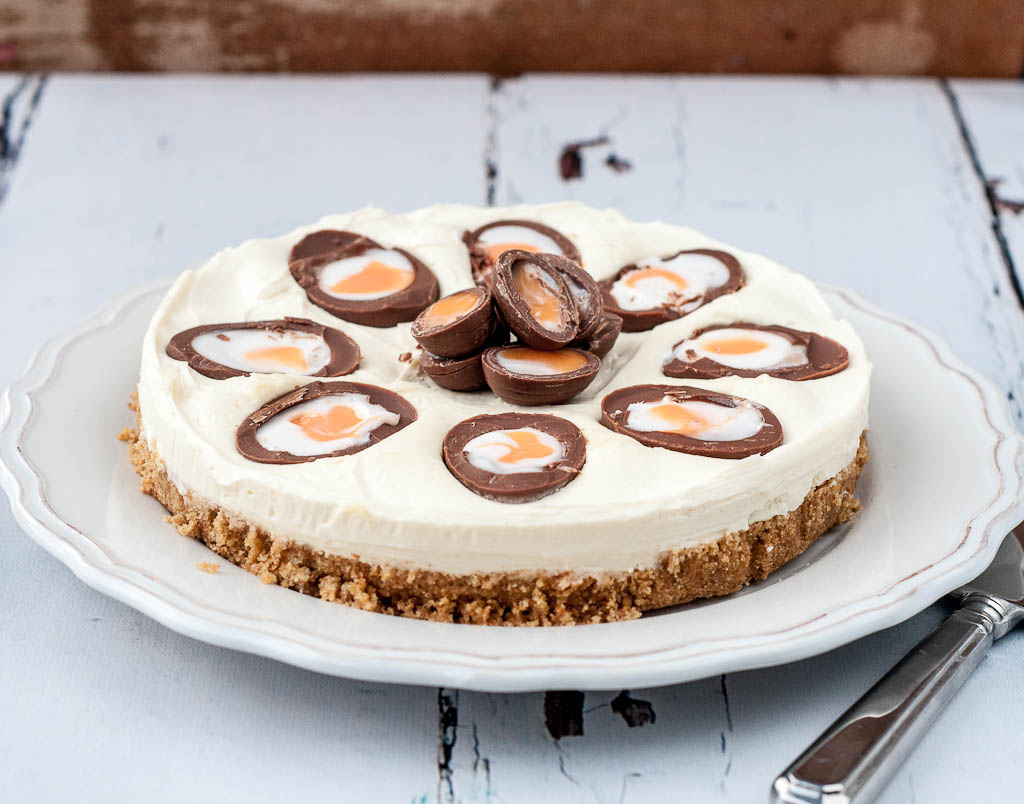
Easter is a great opportunity for spending time with family and that shouldn’t include you spending hours in front of…
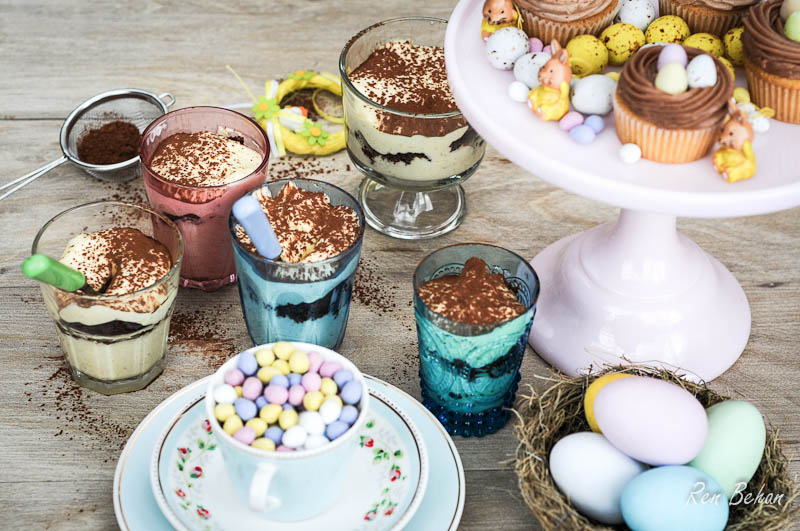
Baking disasters happen to everyone. That’s what I told myself as the double layer chocolate orange cake I was planning…
Easter is usually all about roast lamb, but in case you are looking for an alternative – or you have an…

Easter weekend is almost here, which means it’s time to start thinking about feeding, baking, decorating eggs, making Easter baskets and hopefully,…
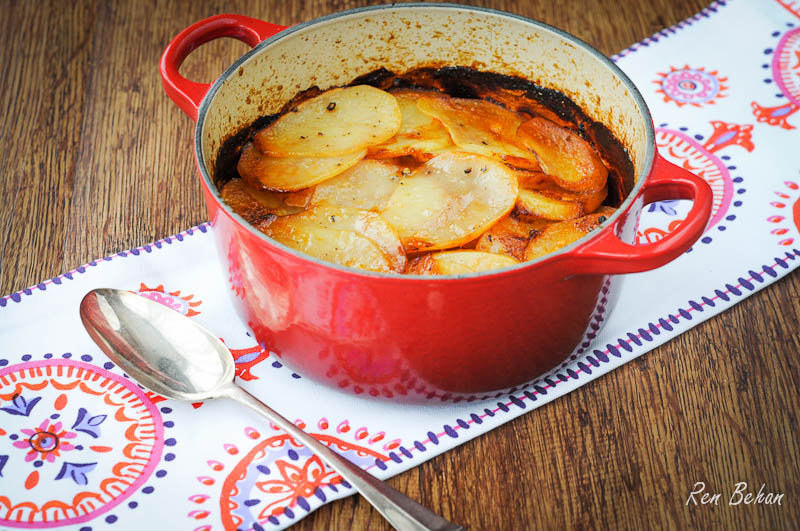
One of our favourite one-pot meals, by far, is a lamb hotpot. It is so easy to throw together and is…
There’s something about weekend cooking that normally means the pace is a lot slower and you may have a little bit more…
Growing up, Easter was always a time filled with traditional and cultural symbolism. Each year, we would colour and decorate eggs, in Polish…
These little chickens are really easy to prepare and make ahead if you are cooking for a crowd and would…
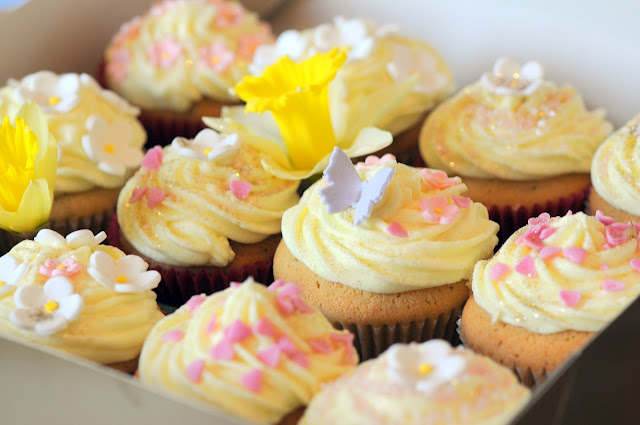
Although there are still (officially) a couple of weeks until spring, the first appearance of daffodils in my garden have already…